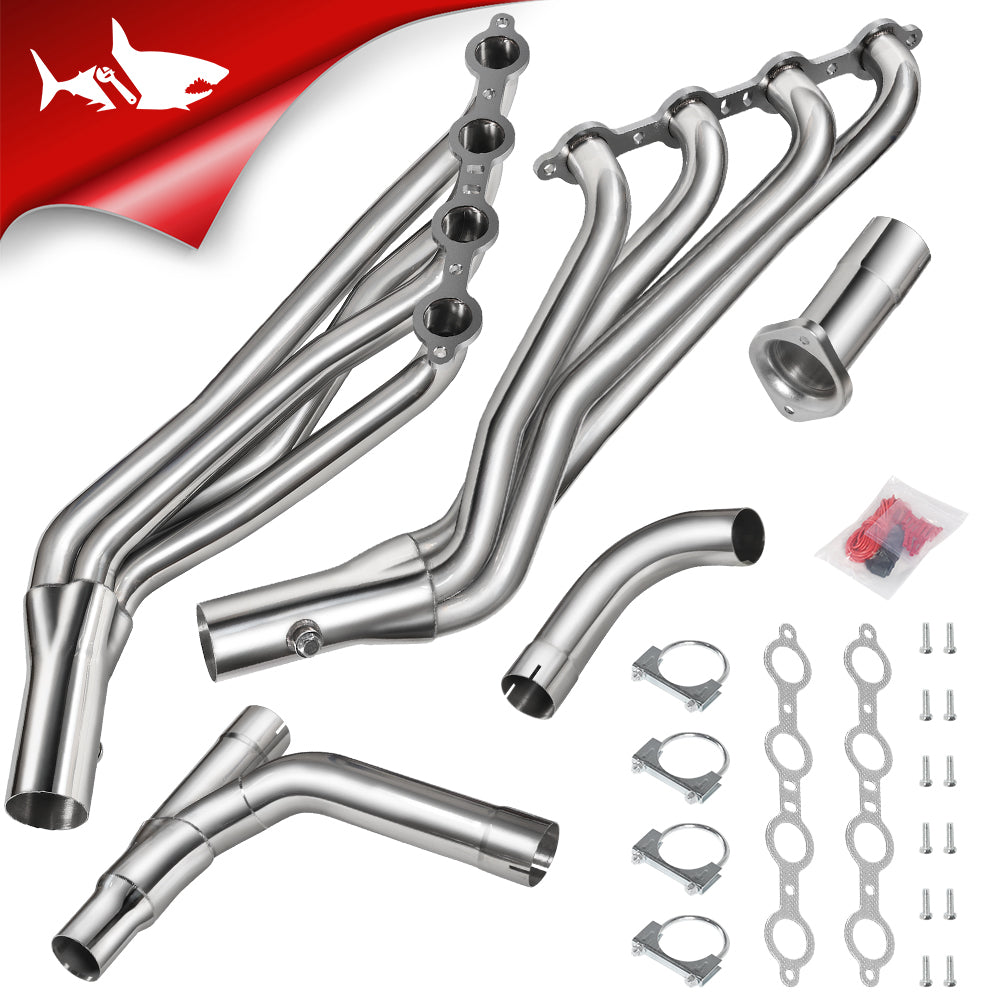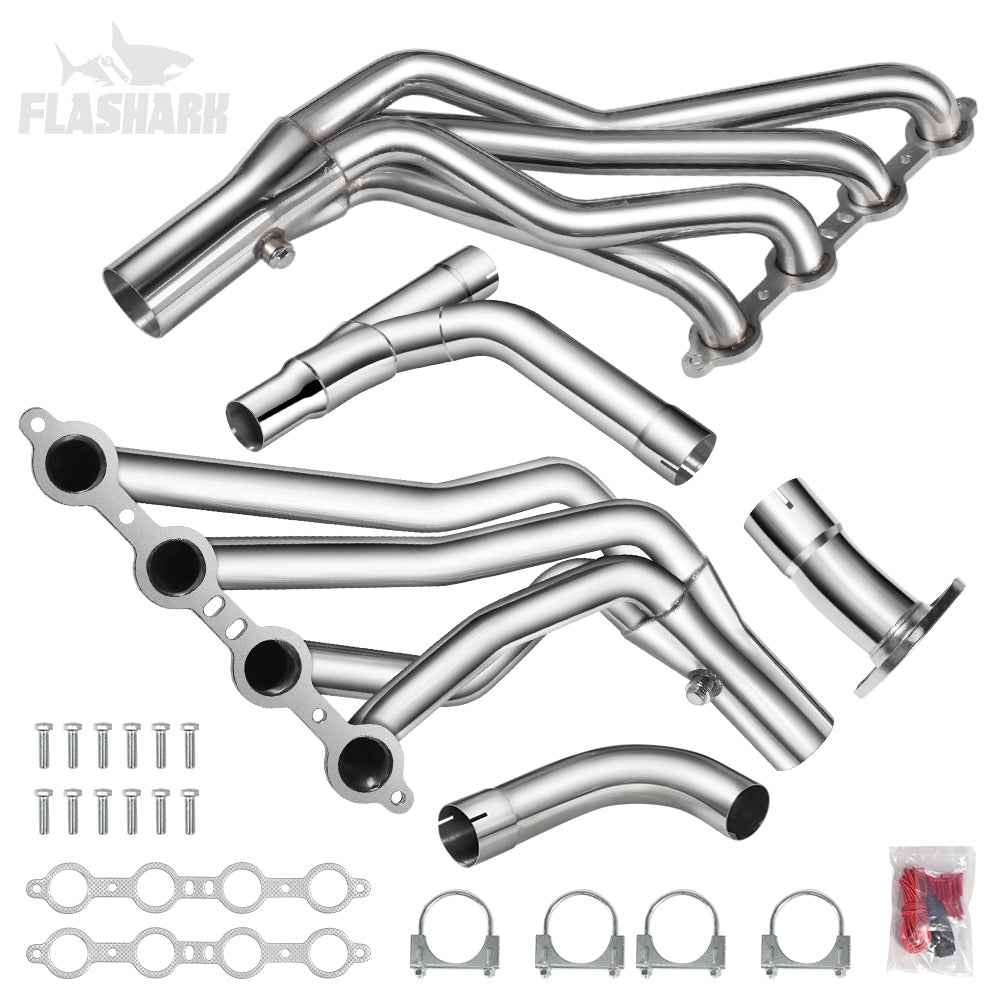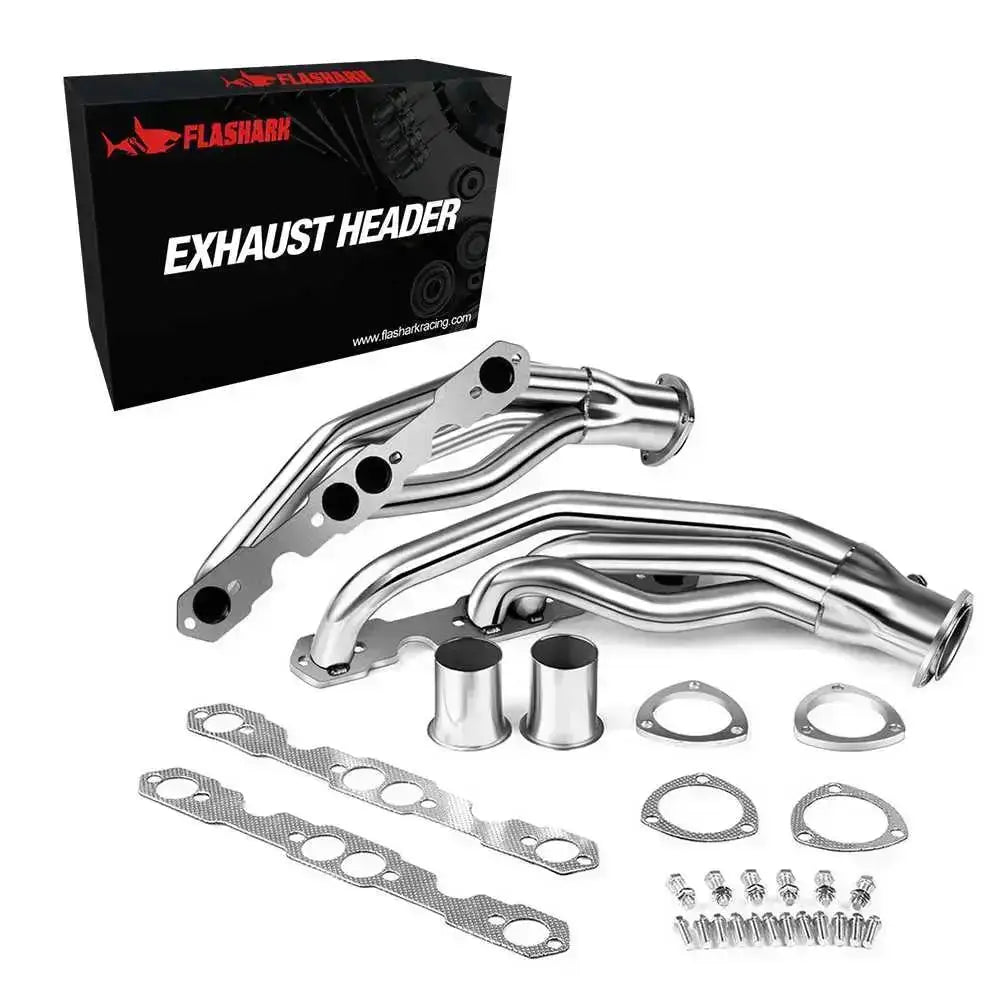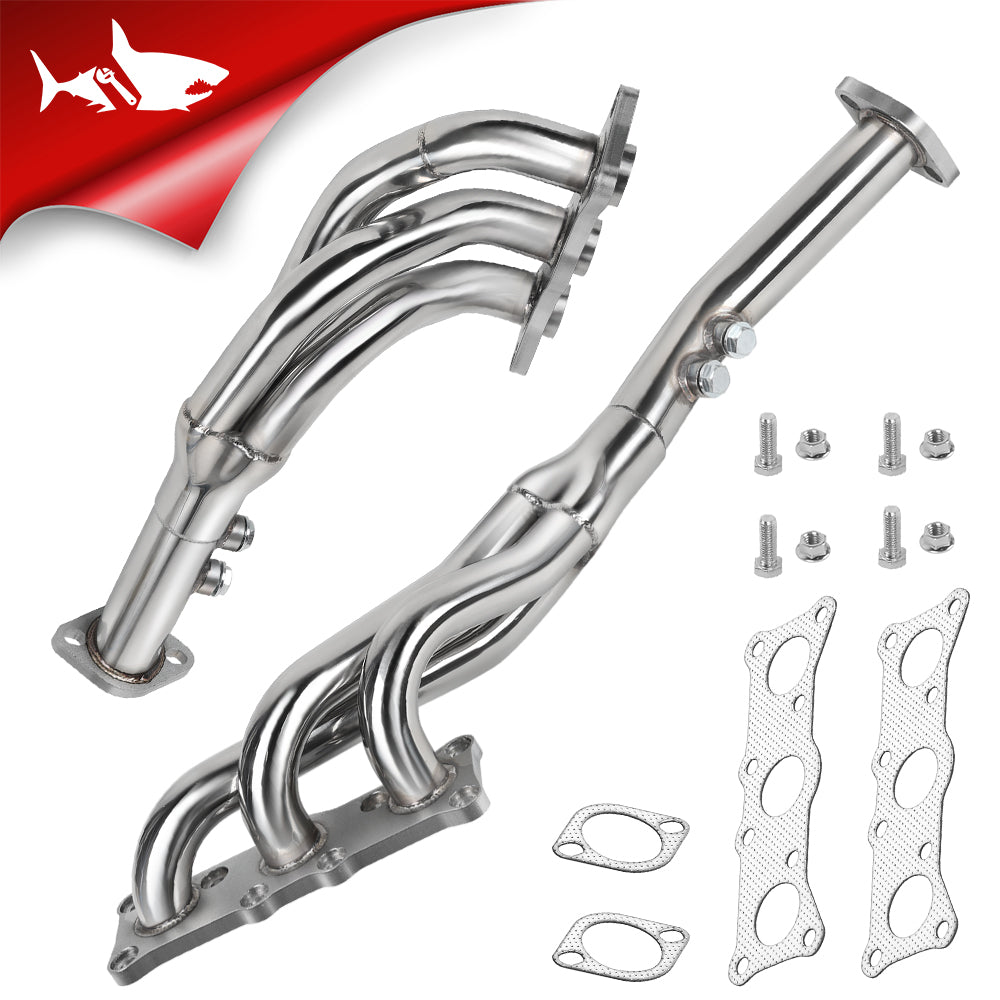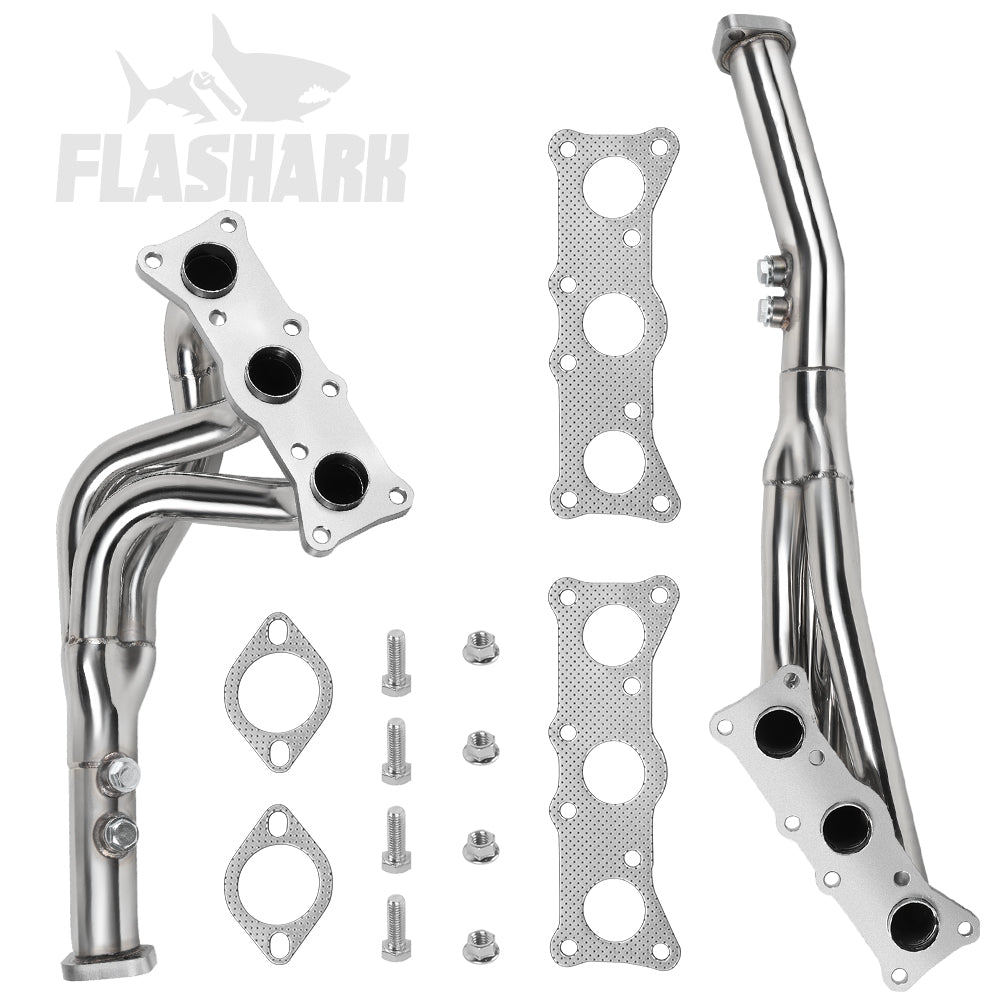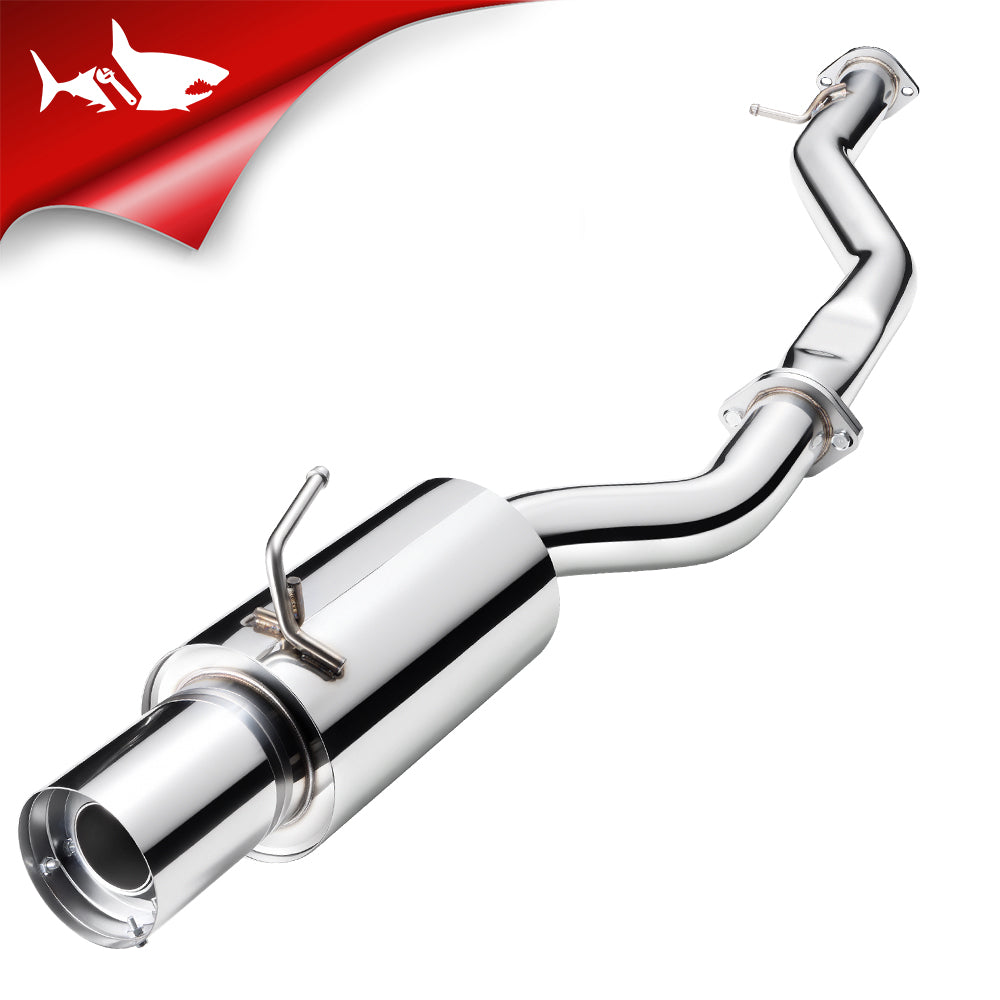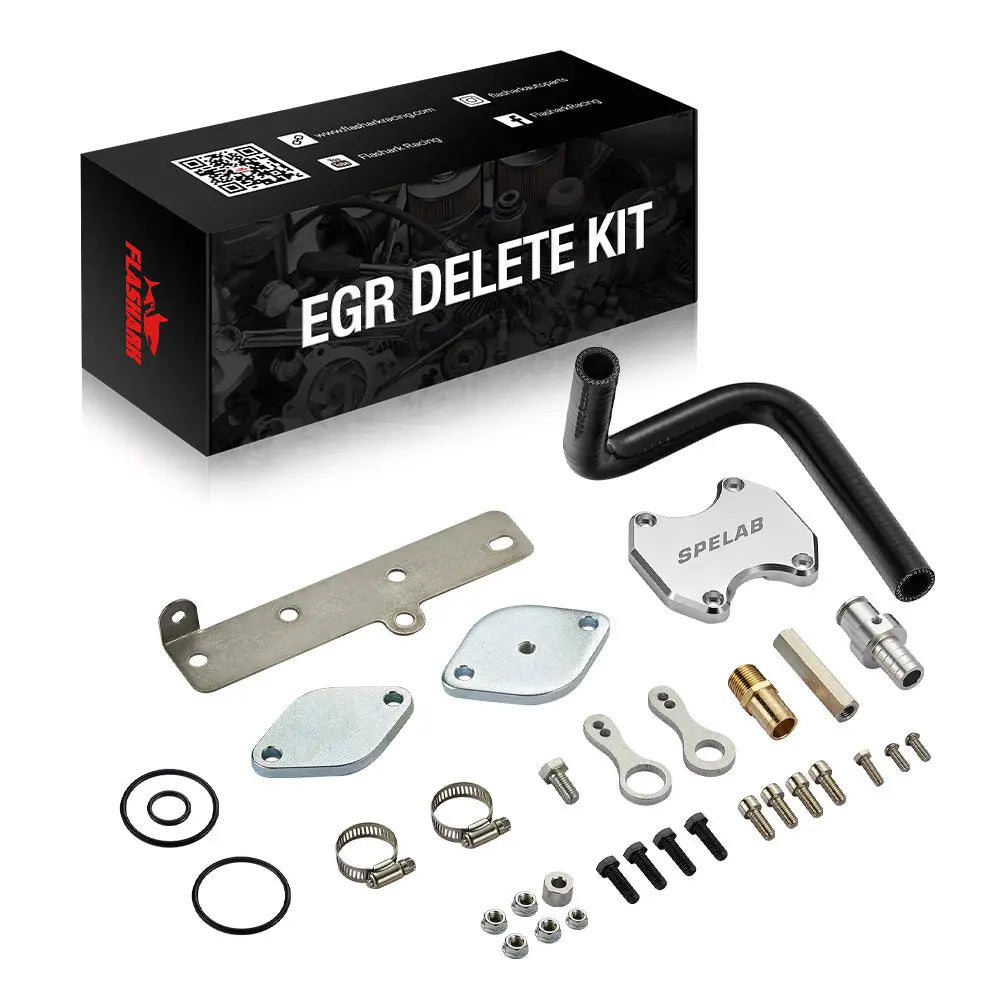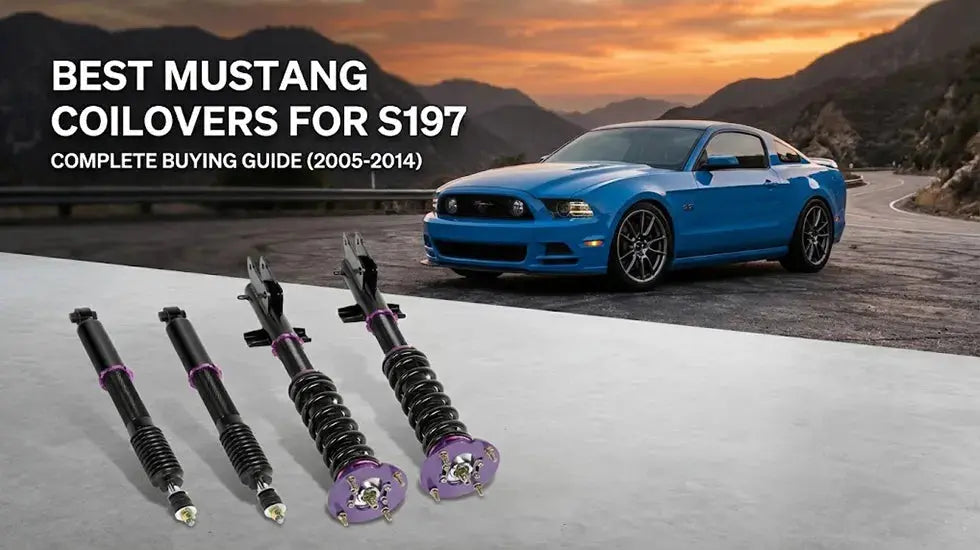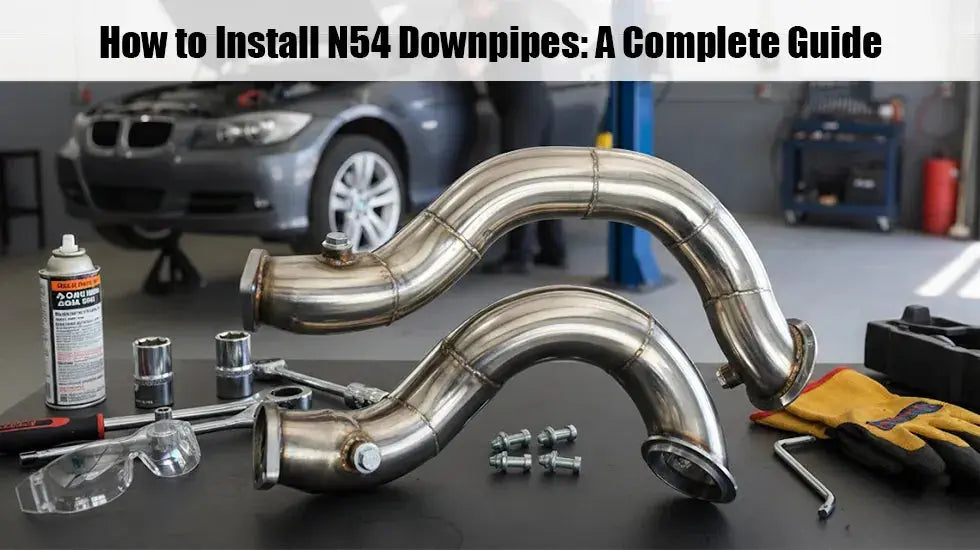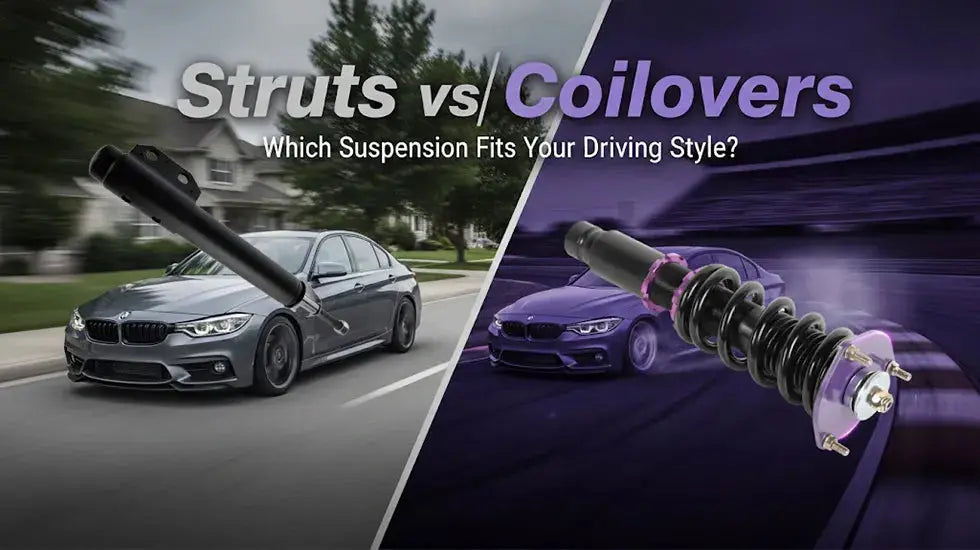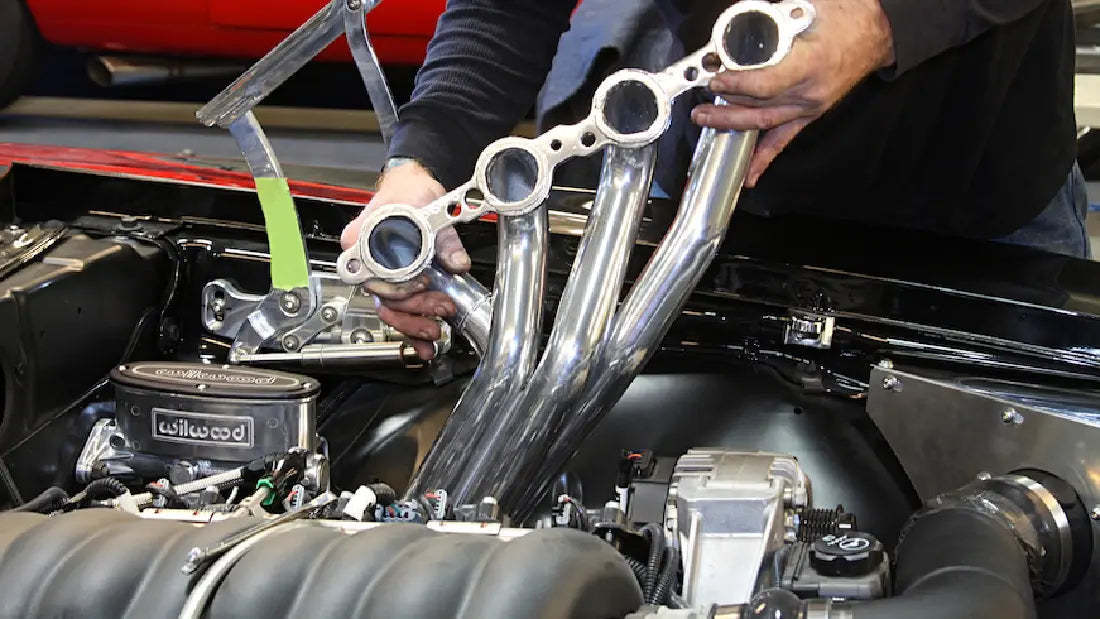Struts are a crucial part of your vehicle's suspension system, responsible for keeping your ride smooth and your tires on the road. If you've been experiencing a bumpy ride or poor handling, it might be time to consider upgrading your struts. Upgrading these components can significantly improve your driving experience, from better control to increased safety.
The Basics of Struts
Struts are essentially the backbone of your car's suspension system. They help absorb the bumps and jolts from the road, making your drive smoother and more comfortable. Think of them as the cushion between you and those unforgiving potholes.
You might be wondering how struts differ from shocks. While both serve a similar purpose, struts are a bit more complex. They're part of the structural makeup of your suspension, whereas shocks are more like add-ons that help control bounce.
A strut assembly consists of various components. A strut combines several elements, including a coil spring, a shock absorber, and a rotating mount. These components work in harmony to provide stability and comfort as you cruise down the road. It's not just about absorbing shocks; it's about enhancing your overall driving experience.

Why Upgrade Your Struts
Upgrading your struts can feel like a mini-revolution for your car. Better handling and a smoother ride are just the tip of the iceberg. You'll notice the difference every time you take a curve or hit a speed bump, and it's a difference you'll appreciate.
But it's not all about comfort and control. Safety gets a boost too. New struts offer improved stability, especially in tricky driving conditions like wet or uneven roads. You'll find your car is less prone to swerving, giving you that extra peace of mind.
Moving on to durability. Upgraded struts, particularly assembled struts, are built to last. These aren't your run-of-the-mill parts; they're designed for longevity. You won't find yourself back in the garage anytime soon, wondering why your ride feels like a wooden roller coaster again.
Signs Your Struts Need an Upgrade
If your car ride has turned bouncy or uncomfortable, that clearly indicates that something's off with your struts. This isn't just about comfort; it's a sign that your vehicle's stability and control might be compromised.
Another symptom to watch for is excessive nose-diving when you apply the brakes. It's as if your car wants to tip forward, which is far from ideal. This can affect your ability to stop quickly and safely, especially in emergency situations.
You can perform a simple "bounce test" to check the condition of your struts. Press down hard on your vehicle's front or rear and release. If the car bounces more than a couple of times, it's likely time for new struts.
When it comes to mileage, there's no universal rule, but a good range to consider is between 50,000 to 100,000 miles. This isn't set in stone and can vary based on how and where you drive. Nonetheless, hitting these mileage markers should prompt you to assess the state of your struts.

Types of Struts to Consider
When it comes to upgrading your struts, you've got options. You'll encounter three main types: standard, gas-charged, and coilover. Each has its own set of advantages and drawbacks, so let's break it down.
Standard struts are your basic, no-frills option. They get the job done but offer nothing special in terms of performance or longevity. These might be up your alley if you're just looking for a quick fix.
Gas-charged struts are a step up. They use nitrogen gas to reduce foaming and offer better responsiveness. These are a solid choice if you're looking for improved handling without going overboard on cost.
Coilover struts are the high-performance option in the strut assembly world. They offer the most customization, allowing you to adjust ride height and stiffness. If you're into spirited driving or have specific performance needs, coilovers are the way to go.
But how do you choose? Consider your driving conditions and what you're looking to get out of the upgrade. If you frequently drive on uneven roads, gas-charged might be your best bet. For those who crave the ultimate driving experience, coilovers are worth the investment.
The Cost Factor
Regarding the cost of new struts, you're looking at a range. Standard struts are generally more affordable, while coilovers can hold you back. A ballpark figure would be anywhere from $150 to $600 per strut, depending on the type and quality.
Upgrading your struts isn't just an expense; it's an investment in your vehicle's performance and safety. The improved handling and durability can actually save you money in the long run. Think of fewer trips to the mechanic and a longer lifespan for your tires.
So, while the initial cost might give you pause, consider the long-term benefits. Better struts can mean a safer, more enjoyable driving experience, and who can put a price on that?
Tools You'll Need for the Job
Replacing struts isn't a job you want to tackle empty-handed. You'll need some essential tools to get it done right. A socket set, torque wrench, and a pair of spring compressors should be at the top of your list.
Wondering where to pick up these tools? Auto parts stores are a good start; many even offer tool rental services. Online marketplaces can also be a treasure trove for quality, affordable tools.
Don't forget about safety gear. A good pair of gloves and safety glasses are non-negotiable. You're dealing with heavy parts and high tension, so better safe than sorry.
Lastly, always remember to disconnect the car battery before you start. It's a simple step, but it's crucial for avoiding any electrical mishaps. With the right tools and precautions, you'll be well on your way to a smoother, safer ride.

Step-by-Step Guide to Upgrading Your Struts
Before diving in, ensure you have all your tools and safety gear ready. A prepared workspace makes for a smoother process.
-
Removing Old Struts
-
Start by lifting your car with a hydraulic jack and securing it with jack stands.
-
Remove the wheel to expose the strut assembly.
-
Disconnect any sensors or wires attached to the old strut.
-
Loosen and remove the bolts holding the strut in place.
-
You might find some bolts are stubborn. A quick spray of penetrating oil can make your life a lot easier. Give it a minute to soak in before you try again.
-
Installing New Struts
- Slide the new strut into position.
- Hand-tighten the bolts to secure it.
- Reconnect any sensors or wires.
- Put the wheel back on and lower the car.
Once everything's in place, don't rush to hit the road. Take a moment to double-check your work. Make sure all bolts are tightened to the manufacturer's specifications using a torque wrench.
After you've confirmed everything's secure, it's time for a test drive. Keep it slow, and pay attention to how your car feels. If everything's smooth and stable, congrats on a job well done!
Conclusion
Struts are pivotal in ensuring your vehicle's ride is as smooth as it gets, acting as the linchpin of your car's suspension system. Ignoring signs of wear or settling for outdated components can compromise both your comfort and safety on the road. While upgrading might seem like a hassle, taking it seriously is an investment in your vehicle's performance and your own well-being.


